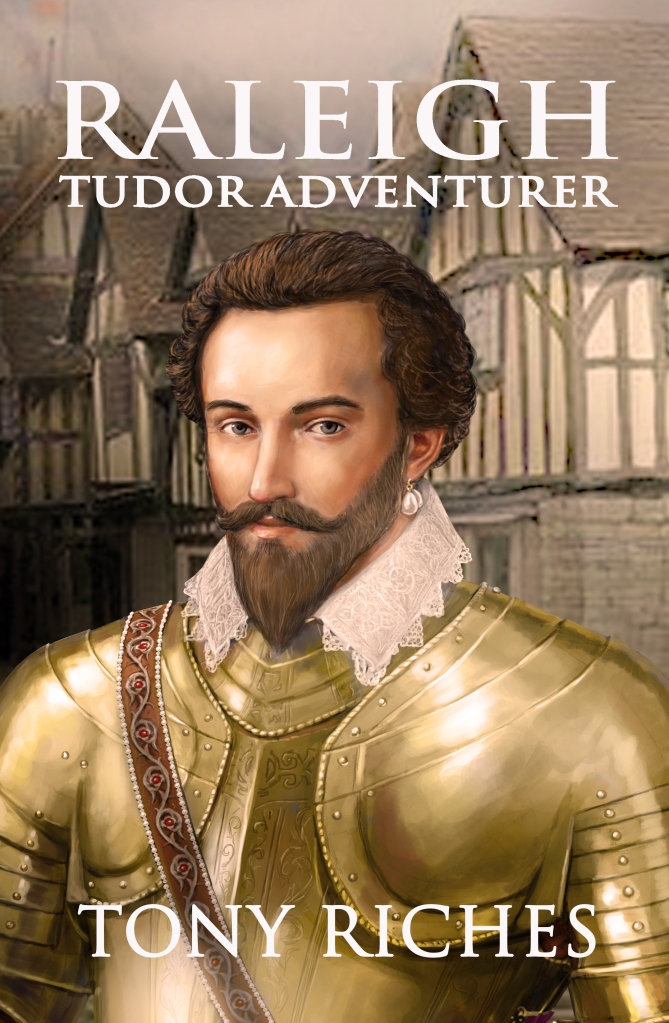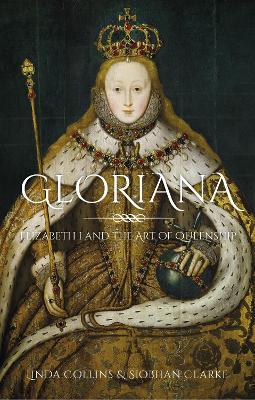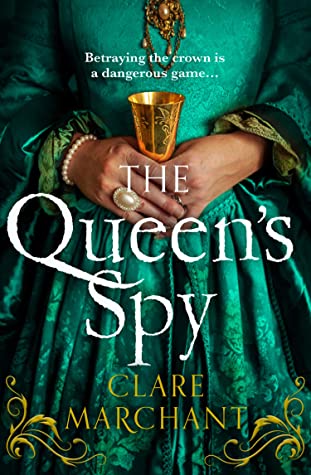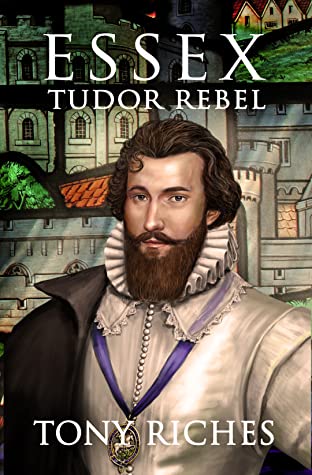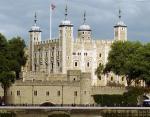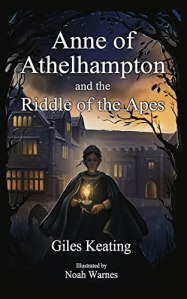
I wasn’t sure what to make of this book when I started it. But I ended up quite enjoying it. Based in a real Tudor house (Athelhampton) which you can still visit today, Anne is the daughter of the house and is gifted a monkey, Endy, by a man who is blackmailing her father. Based in the reign of Elizabeth I, it explores one of the most controversial aspects of the reign – secret priests and priest holes.
It was easy to read, but I do sometimes struggle with YA novels as they just feel a little too simplified for my tastes. Others perhaps looking for something lighter and easy to read might find this one more engaging than I did. I struggled to get into it at the start but wanted to follow it to its end. Endy’s story I think could have done with more detail and time spent on it, especially at the end. But Endy was for sure my favourite character – he was intelligent and helped the story move along.
But it’s obviously written by someone who has experience of the house they’re writing about and all of its little quirks and the layout and has been advised on clothing and how a large house like this would have worked in the Tudor period. It’s that obvious passion and research that kept me reading to the end.



